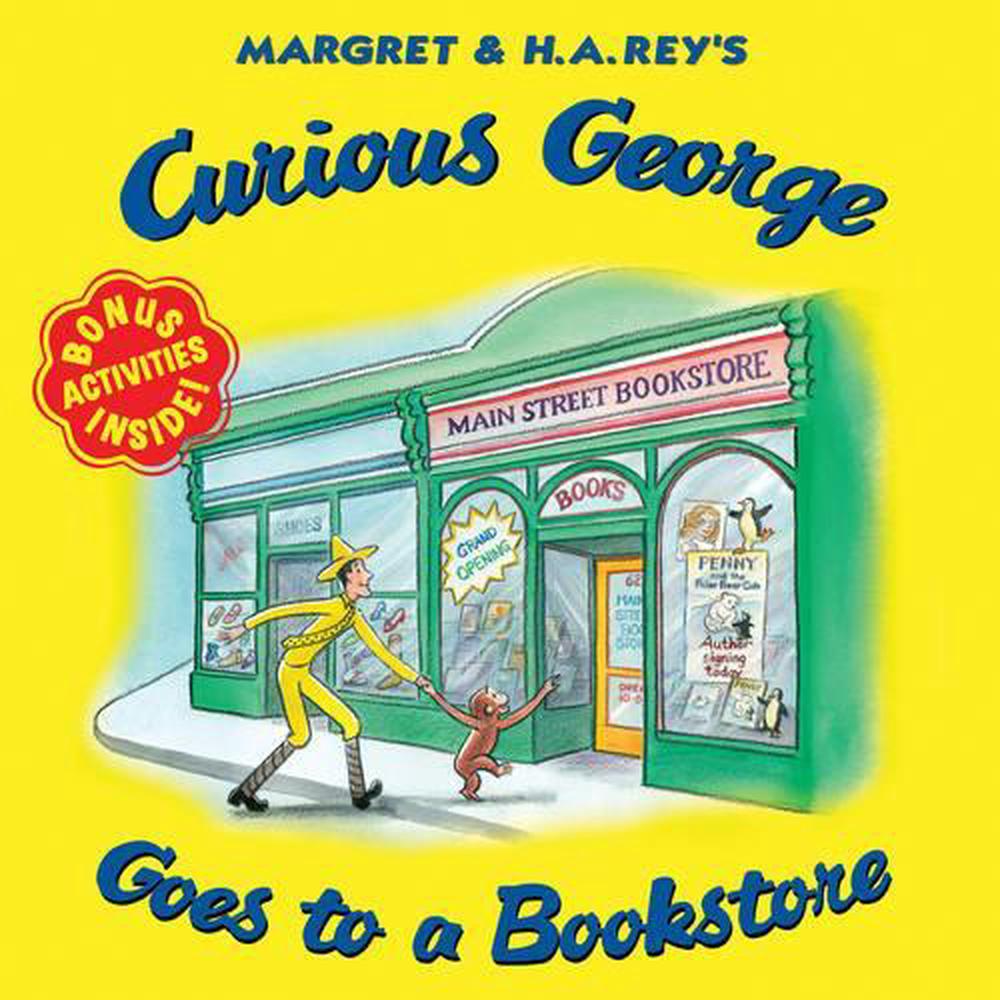

Stiner’s name does not appear among subscribers to The Grave.Īssuming that William à Beckett (1806-69) brought his copy of the Night Thoughts out to Australia with him when he came to New South Wales in 1837, ten years after Blake’s death, he was the first individual in the colony known to have owned a Blake work. This portrait has perhaps been initialled by Schiavonetti, in pencil at lower left. However a frontispiece pasted in by an early owner is an impression on laid India paper from the 1808 folio edition of The Grave, which was engraved by Louis Schiavonetti after the painting by Thomas Phillips for the first (1808) edition of Blair’s The Grave. At the base of the spine of the binding the date ‘LONDON 1798’ is still discernible, which establishes an early date for the colouring, the more especially as there are no signs of counterproofing to indicate that the copy was coloured after binding (as is often the case with other copies). It seems best provisionally to designate this as William à Beckett’s copy, since nothing is yet known of the earlier owner, Benjamin Stiner (or Stines). It is significant as a guide to the taste of the period and as such its interest transcends that of its valuable local associations it was apparently the first Blake work to have been brought to Australia (to Sydney and to Melbourne) and was owned by one of the young colony’s leading jurists as well as, at a later date, by the Gallery’s most famous benefactor. This copy, the twenty-fifth to be listed, appears to be unique in its style of colouring, not following a pattern authorised by Blake, although closely contemporary and revealing intelligence as well as flair, even where wrong decisions have clearly been made by the unknown colourist. Although several censuses have been taken of the twenty-odd coloured copies known to collectors and scholars, the one offered for sale by Sotheby’s and purchased for the Gallery with the help of funds from the Felton Bequest was not among them, and does not fit into any of the accepted colouring schemes. He just had these teams and he took them there on the Moonta, and they sailed in December, 1868, and arrived here in Darwin on the 5th of February, 1869, at quarter past three in the afternoon.The coloured copy of William Blake’s set of engravings for Edward Young’s Night Thoughts (1797), recently acquired by the National Gallery of Victoria, is one of the most interesting so far described. Nobody from outside, like land agents like there were in Escape Cliffs. A lot of the men already knew because they were worked for him, or they were already in teams.

Within two months, he got his expedition together. He, he did some very, very good negotiation, in the end, he got a very nice bonus for the job done. It was called 'Goyder agitation', and everybody wanted him to go. Apart from that, we've got to be done within the next two years, because their five year time limit, which they had from getting the investing investors come along was running very quickly out. And he said, we don't know where this land is, we don't know anything about it, really.

They called for 11 private tenders after the Escape Cliffs fiasco, and 11 - well, they called for tenders and 11 people applied, and Goyder couldn't choose between them. He had young children and basically there was nobody else. He was pushed into the job by the newspaper and public opinion.
#George goyder book collector how to
He had incredible skills and knowledge about how to survey things. He would, he would be a phenomenal Bushman. And he got the nickname of 'Little Energy' in South Australia through the papers. He was an engineer and surveyor of phenomenal energy. He was he was very short, very small man. George Goyder was the surveyor general of South Australia.


 0 kommentar(er)
0 kommentar(er)
